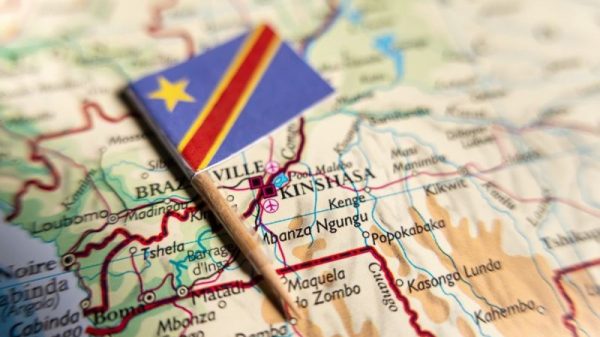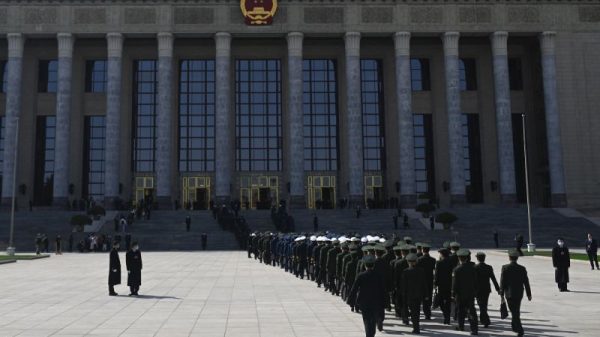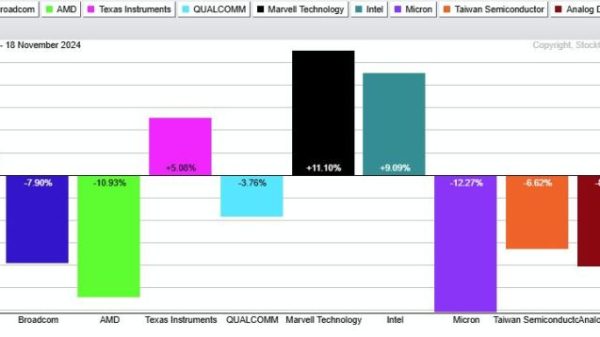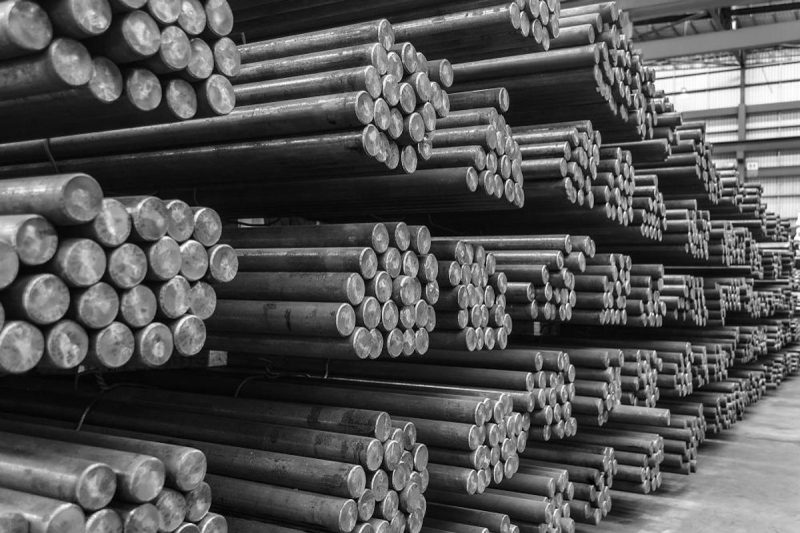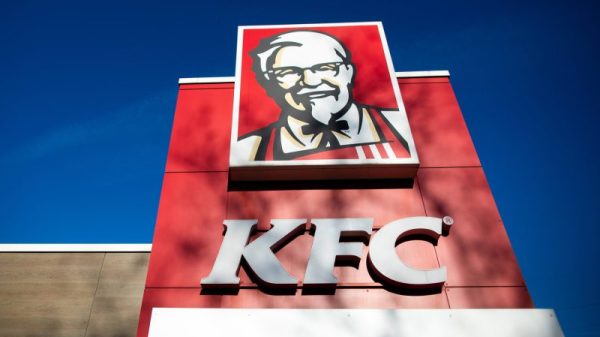1. Australia
Australia stands as the undisputed leader among the top iron ore-producing countries in the world. Particularly, the Pilbara region in Western Australia holds one of the most substantial iron ore deposits. Despite fluctuations in commodity prices, Australia’s robust mining industry and favorable mining policies have stabilized its production levels. In addition, the quality of Australian iron ore, rich in hematite, is appreciated globally.
2. Brazil
Brazil, predominantly known for its expansive Amazon Rainforest, also boasts significant iron ore reserves. The nation’s largest mining company, Vale, operates in the Carajás Mine, located in the northern Brazilian state of Pará, typically one of the world’s largest iron ore mine. In recent years, Brazil has notably worked on promoting sustainable mining methods to mitigate environmental impact – a move that ensures continued iron ore production.
3. China
China, as one of the leading global economies, also plays an essential role in producing iron ore globally. Although the country also imports large quantities of iron ore, it retains its spot as a top producer due to its vast mineral reserves in provinces such as Hebei and Liaoning. The government’s focus on infrastructure development serves to bolster domestic iron ore production.
4. India
India contains rich iron ore deposits, specifically in states like Odisha, Jharkhand, and Goa. India primarily exports its iron ore to developing markets, and growing domestic demand also ensures a thriving iron ore industry. The National Mineral Development Corporation (NMDC), the largest iron ore producer in India, plays a significant role in national iron ore production.
5. Russia
From the Ural Mountains to Siberia, Russia’s vast land area is rich in iron ore reserves. High-quality iron ore from regions like Kursk Magnetic Anomaly and the Far Eastern Federal District are key drivers for the country’s metal industry. Russia primarily exports to Europe and Asia, contributing significantly to its economy.
6. South Africa
South Africa’s iron ore is mainly found in the Northern Cape province, with the Kumba Iron Ore operation being the biggest contributor. Despite challenges in the South African mining sector, operations have been sustained with a focus on efficiency, and it continues to be a vital player in the international iron ores market.
7. Canada
Canada’s iron ore production extends from Labrador in the east to British Columbia in the west, covering a vast expanse of quality iron ore reserves. Besides internal consumption, the country exports significantly to Asia, Europe, and the Americas. Despite environmental challenges, Canada has maintained its position in iron ore production due to effective environmental policies and sustainable mining.
8. Iran
Iran bolsters its economy with a strong iron ore production base centered in Yazd, Kerman, and Isfahan provinces. With ample reserves, the country has prioritized iron ore mining expansion schemes to increase production and export capacities.
9. United States
While not traditionally recognized as a key iron ore producer, the United States has noteworthy reserves, with most operations concentrated in Michigan and Minnesota. Prominent mining entities such as Cliffs Natural Resources keep the American iron ore sector running, often for domestic consumption.
10. Ukraine
Finally, the Eastern European nation of Ukraine contributes significantly to the world’s iron ore production. It possesses large reserves situated primarily in the Kryvyi Rih region. Economic reforms and investment in the mining industry have enabled Ukraine to maintain steady iron ore output.
Overall, these countries have maximized their geological wealth and fueled their economies through the production of iron ore. They are all gearing to meet the escalating demand for iron ore worldwide, each with their unique strategies and challenges.










